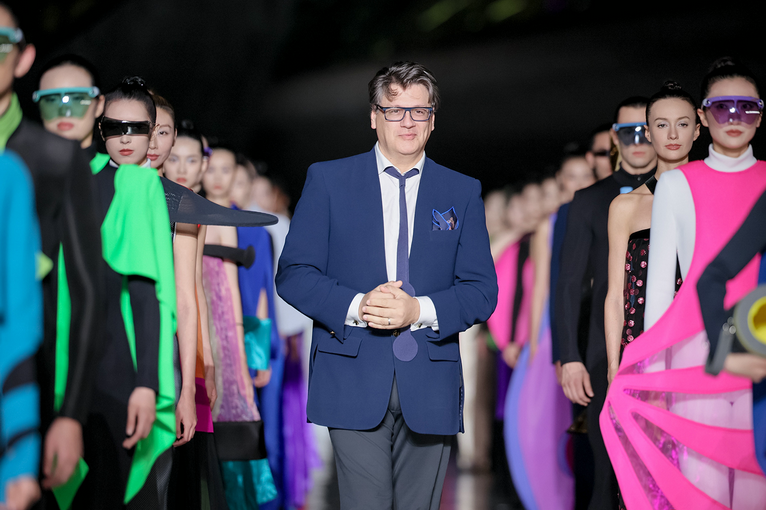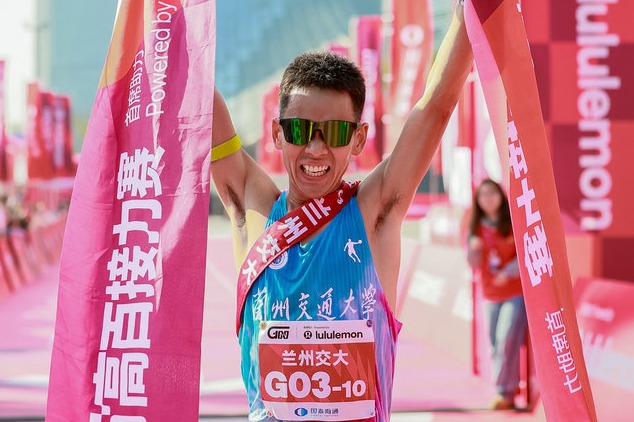It pays to go indie


Meanwhile, the MODE exhibition - it is a showcase of creations by independent designers for buyers during the Shanghai Fashion Week - had just nine showrooms when it first launched in 2015. This year, the event featured 28 showrooms that hosted 427 brands.
Factors behind the rise
Industry insiders have pointed out that the rise of the buyers' shop in China can be attributed to factors such as the growing interest in domestic designers who have in recent years been garnering much attention on the international stage.
This growing interest has in turn led to media outlets, department stores and brand agents channeling more attention toward emerging designers. Another reason is the change in consumer behavior.
"I started this business because I was obsessed with the story behind designers. But I did so also because I noticed that consumers were no longer chasing only the luxury or mass-market brands. They were getting more and more interested in independent designers as well," says Hu.
Qiu Qingying, who runs four buyers' shops called Fashion on Top in Shanghai, Fo Shan, Sydney and Melbourne, shared the same observation. Her Shanghai store, which opened in Xintiandi in 2017, rakes in about 550,000 yuan ($82,042) in sales per month.
"Consumer's growing recognition of emerging Chinese designers has been the key reason why buyers' shops are doing well today. Many young and well-educated consumers who draw a high income and value individualism visit my stores. These people care more about the quality and design instead of the brand name," says Qiu.
"For a buyers' shop, the key to success is having a clear sense of the style it wants to showcase. Another key factor is being aware of how consumers' tastes are changing," she adds.
Ida Peterson, the director of buyers' at Browns, says that she placed orders from 10 local brands during her visit to MODE this March. She also plans to cooperate with another 10 brands during the next MODE event later this year.




































